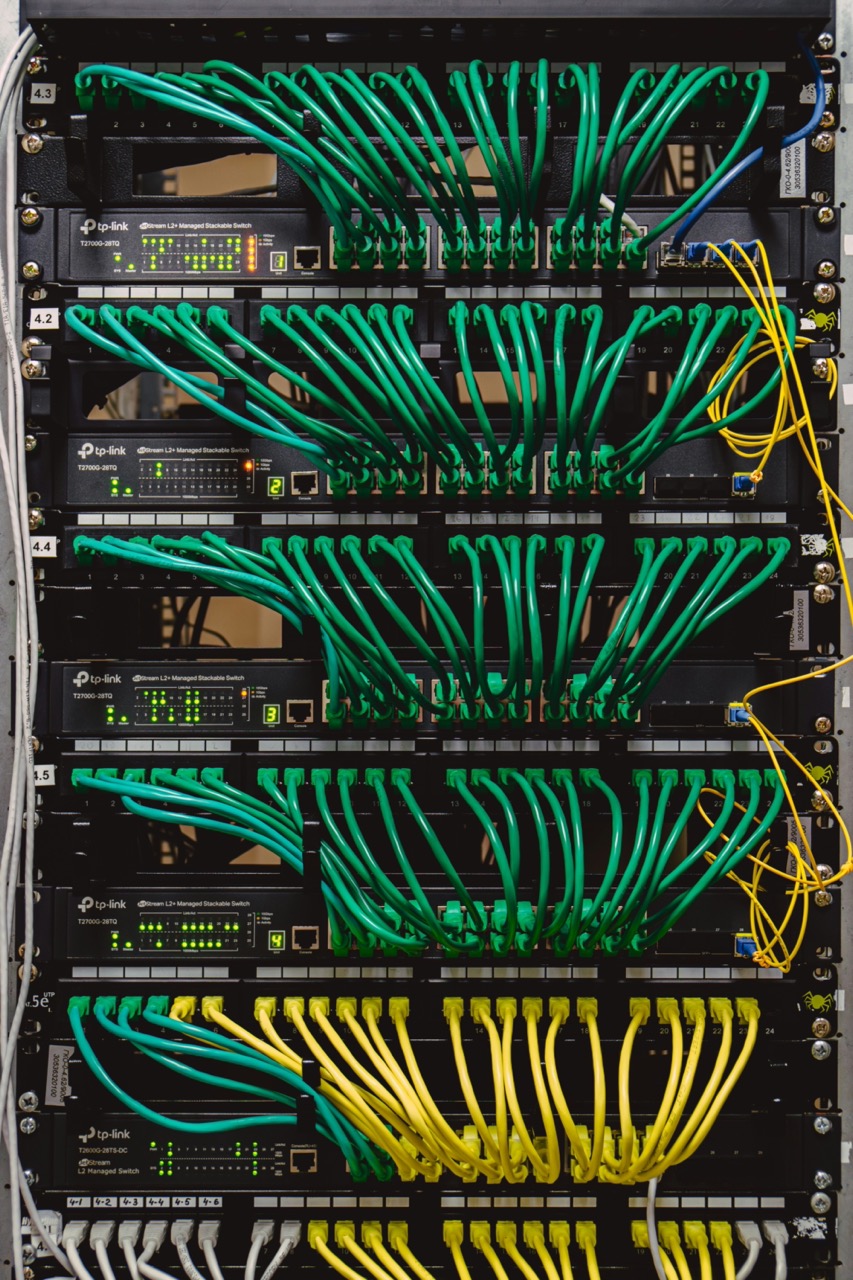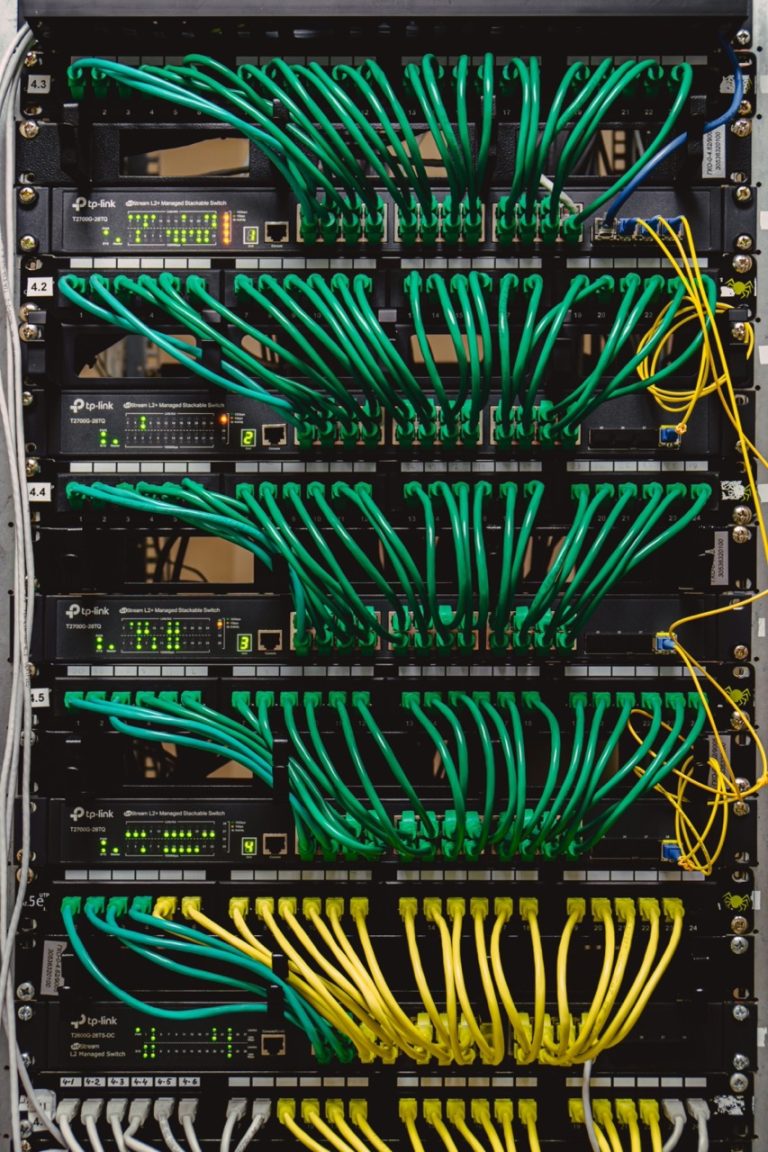
1. Introduction to Reliability Engineering
Multi-vendor electronic marketplaces of today are complex systems where every component is enabled to provide system stability and service level — seamlessly integrating reliability AI, high uptime, chaos testing, and Marketplace reliability AI from the very start. For businesses like Celadonsoft that have a multi-vendor structure, optimizing engineering for system reliability is not a valued commodity — it is an imperative for growth and survival.
What makes reliability engineering especially relevant to multi-vendor marketplaces? The main arguments enumerated below are:
- Interactions’ complexity. There is an interacting platform, end users, and suppliers that form a system of multiple levels, and one faulty node will result in numerous problems.
- High levels of uptime. End users need instant response and continuity of servicing operation; downtime will damage revenue and reputation.
- Differing tech stacks and practices. Each vendor has unique tooling and practices — integration and monitoring need specialty reliability focus.
- Dynamic and scalability. The market does not sit still, and being able to adapt quickly without impacting availability is one of the keys to success.
So, reliability engineering is not a toolset — it’s a pervasive attitude that infects the product and infrastructure life cycle. This is how we, at Celadonsoft, view the building blocks of this practice:
| Component | Description | Impact on Marketplace |
| Proactive Testing | Preemptive identification of vulnerabilities before they are incidents | Prevention of losing customers |
| Real-Time Monitoring | Continuous learning about system health | Rapid detection and response |
| Process Automation | Embracing CI/CD, scripts for automated failover | Reduction of human error |
| Incident Management | Standardization of response process | Reduction of downtime |
| Failure Root Cause Analysis | Deep breakdown and elimination of core failure causes | Long-term stability improvement |
Ultimately, reliability engineering is not just a technical discipline — it’s a strategic lever for user trust. For multi-vendor marketplaces, it becomes the link maintaining the balance between scalability and stability. In the next section, we’ll break down the key reliability metrics—including high uptime—and their direct impact on user experience.

2. Core Reliability Concepts: Uptime and Its Impact on User Experience
In multi-vendor IT ecosystems, reliability is not just a technical metric; it’s the cornerstone of user trust and loyalty. At Celadonsoft, we’re convinced: high uptime is the key indicator of service quality and directly shapes end-user behavior.
Let’s consider why uptime matters:
- Service availability: The greater the uptime, the fewer opportunities for clients to experience unavailable catalogs or payment failure, decreasing lost orders and churn.
- Marketplace reputation: Ongoing downtime negatively influences the marketplace’s reputation. User feedback and reputation respond negatively to losses in stability.
- Conversion and revenue: Instability equals decreased conversion — short outages alone will incur significant loss of revenue.
- Internal process optimization: Low downtime reduces support load, allowing freed-up resources to be targeted for expansion and innovation.
In multi-vendor infrastructure, reliability is not just a function of the server and infrastructure stability but the intricate web of internal ecosystem relationships. Our challenge is to know and maneuver these relationships to keep outages at an all-time low.
3. Multi-Vendors and Their Effect on a System: Reliability Problems and Possibly Opportunities
Having many vendors on a marketplace is both a strength and a weakness. On the good side, you have hierarchical complexity; on the bad side, redundancy and flexibility can be made a sure thing. Marketplace reliability therefore sits at the very heart of our architectural decisions.
Among the top challenges are:
- Integration of fragmented vendor systems. Vendors may maintain their own API, data management, and communications standards, and ensuing incompatibility and transmission risks.
- Variable SLAs and levels of quality. Unpredictable service levels and dependability could result in inconsistent marketplace performance.
- Version and update management. Making one vendor update could unintentionally disrupt an interdependent service.
- Outage localization and monitoring. In multi-vendor environments, determining where the problem resides is usually made harder by distributed components.
Multi-vendor environments do have some good points, however:
- Failover and redundance. Architecture with adequate redundancy will not allow a single vendor’s outage to take down the entire marketplace.
- Scalability and flexibility. More vendors or modified terms can be incorporated without radical redesigns.
- Diversification and expansion of assortment. More choice and fresher offerings enhance the user experience.
We at Celadonsoft view multi-vendor architecture as the basis of extremely scalable, robust marketplaces. Our answer: layered monitoring, automated testing, and service management that remove bottlenecks and optimize total uptime. Together, technical expertise and vendor business sense is what allows us to build systems that are immune to disruption and make users feel at home.
4. Reliability Analysis Tools and Methods: Statistical Modeling and Approaches
Within the multi-vendor marketplace dynamic environments, reliability analysis is not just a necessity but the foundation of the stability of the platform as a whole. Celadonsoft, having experience with large-scale ecosystems, reports: quality reliability analysis is based on the integration of the tools and methods for bottleneck identification and outage prediction.
Most critical is to learn and apply statistical methods for measuring Mean Time Between Failures (MTBF), Mean Time to Recovery (MTTR), and overall system robustness. Major techniques are:
- Historical data analysis. Collection and analysis of incident reports yields most frequent failure reasons, frequencies, and durations.
- Probabilistic modeling. Use of distributions (exponential, Weibull, etc.) for modeling real system behavior under load and stress.
- Regression analysis. Establishing correlations between external parameters (number of active vendors, number of transactions) and reliability metrics.
Nevertheless, statistics alone are insufficient. One must model internal processes—obtaining deep knowledge regarding system dependencies and bottlenecks.
5. Risk Management Policies: Reducing Outage Probability
Building reliability by analysis is half the task. Effective risk management policies convert knowledge into action. Celadonsoft recommends the following:
- Diversification of vendors. Reducing dependence on a limited number of vendors minimizes systemic risk of outages or issues on their end.
- Monitoring consolidation. Single-point monitoring with newer tools (e.g., Prometheus, Grafana) enables deviations from normal to be immediately evident.
- Response automation. Pre-definition of triggers and automatic recovery scenarios minimizes downtime (MTTR) and escalation.
- Regular fault-tolerance testing (chaos testing). Proactively injecting faults readies the system and team for real incidents.
- Vendor feedback loops. Continuous information exchange and coordination with vendors drive process improvement and greater ecosystem visibility.
Implementing these policies in market management not only minimizes outage risk but also renders the overall system more resilient to sudden change.
Proactive risk management and analytical tools in combination are the pillars of reliability engineering for multi-vendor markets. Celadonsoft is convinced: only an integrated approach—persistently streamlining methodology and quickly absorbing embryonic technology—can ensure business stability and growth in the long run.
6. Real-world Examples of Reliability Success: Lessons from Leader Cases
In today’s multi-vendor marketplace, reliability is a skill that reaps dividends hard to overstate. Celadonsoft has outlined examples illustrating how end-to-end reliability engineering not only guarantees maximum uptime but also enhances user experience and reduces support costs.
Let us examine three significant examples:
- Home shopping marketplace: Through a microservices-based setup and automatic vendor-switching, downtime reduced by 40 %. The dynamic request routing and health check mechanisms allowed seamless functionality even in case of partner outages.
- Food delivery marketplace: Through the incorporation of real-time monitoring and ML-driven analytics, they could predict and prevent supply chain bottlenecks. Delays in orders reduced by 25 %, while there was an enormous surge in client loyalty.
- Aggregator of fashion: Redundancy and duplication of data in the cloud provided hardware-level reliability. They achieved 99.98 % average system availability, above industry expectations.
These are easy examples: it is not just fantastic architecture that will deliver best-of-class reliability; it takes ongoing monitoring of system behavior, using adaptive response techniques, and leveraging cloud technology.

7. Solutions Technology for Greater Uptime: From Cloud to AI
Marketplaces in today’s markets — especially multi-vendor — need to deal with high scalability requirements and high market speeds. Our key to successful operation, as seen from our perspective at Celadonsoft, is a multi-layered technology stack that increasingly leans on reliability AI for predictive insights:
- Cloud platforms (IaaS, PaaS, SaaS): Elasticity and rapid scaling, failover instances, backup and disaster recovery built-in.
- AI and machine learning: Anomaly detection, predictive failure analysis, real-time request routing and inventory optimization.
- Containerization and orchestration (Docker, Kubernetes): On-demand deployment, seamless shift between environments, and restore from failed components.
- Observability software (Prometheus, Grafana, Jaeger): Track service performance, expose bottlenecks, and enable instant reaction to outages.
Optimal uptime is preceded by high-level integration of all these technologies — cancelling the impact of issues, whether in-house modules or vendors.
8. The Future of Reliability Engineering: Marketplace Trends and Forecasts
Reminder: reliability engineering evolves daily, especially as marketplace maturity and vendor saturation expand. Celadonsoft reflects on some of the biggest marketplace trends influencing this space in the next couple of years:
- AI-driven automation and analytics: Software will not only react to failures — it’ll predict and avoid them with precision.
- DevOps with SRE integration: Greater collaboration between dev and ops teams to identify and remedy issues more rapidly.
- Edge computing arises: Processing data near the user minimizes latency and enhances service reliability in distributed systems.
- Cybersecurity as a pillar of reliability: Securing information and services from attack will form the foundation of uptime guarantee.
Such businesses that want to be successful in the years to come have no choice but to invest today in flexible, adaptive frameworks. Celadonsoft is convinced: future multi-vendor marketplaces will yield a real competitive edge via tomorrow’s reliability engineering know-how and toolkits.
9. Conclusion: A Strategy for Sustainable Success in Competitive Markets
In multi-vendor environments, where change is occurring quickly and the response must be quick too — reliability is not a technical metric; it’s a business philosophy overall. In Celadonsoft’s opinion: in order to continue leading and maintain maximum uptime, companies need an integrated, considered process that encompasses not only technology but processes, people, and culture as well.
What does this process consist of? Let’s define the most significant components.
- Systematic approach to reliability Reliability is not an isolated module or capability — it’s a trait of the marketplace ecosystem as a whole. Technology infrastructure, service design, vendor relationships — everything matters. Build systems with redundancy, failover, and real-time monitoring to respond in real time to problems.
- Integration with business processes Reliability must be embedded in business processes at every level, from support to decision-making. Celadonsoft recommends uptime KPIs being set as specific team performance goals and measured on a regular basis as the market evolves.
- Team training and engagement No driving team means reliability is merely a buzzword. Creating responsibility culture, peer-to-peer learning, and cooperative problem-solving turns mishaps into useful experience. Frequent postmortems, open-book sharing, and incentive-for-initiative policies are all part of it.
- Analytics and forecasting Periodic outage and warning sign data analysis permits early detection to be enhanced. Predictive analytics and machine learning make resource planning and risk avoidance easier.
- Flexibility and scalability Marketplaces grow; client and vendor requirements shift. Reliability strategy has to adapt—infrastructure scalability and innovation absorption without downtime.
- Transparency and communication Open, timely communication about system status and problems, on the other hand, establishes user and partner trust. Feedback mechanisms also bring and address issues early.
Reliability, in IT communities, is a pile of theory and math. But we highlight from Celadonsoft: marketplace success is the outcome of an integrated approach, combining engineering discipline, business planning, and human factor.
In short, the most important steps to build a sound reliability strategy are as mentioned below:
- Deep analysis of the current architecture and process with an eye on bottlenecks
- Use of automated monitoring and failover software
- Set and review reliability KPIs on a frequent basis
- Developing learning culture and proactive incident handling
- Using analytics and predictive models to minimize risk
- Ensuring infrastructure scalability to handle growing loads
- Keeping open, transparent communication with clients and vendors
Celadonsoft strongly believes: this platform strategy is the way to long-term competitiveness and steady growth. In the digital ecosystems age today, trustworthiness power lies in technology, process, and people coming together. That’s precisely where our space experience and focus kick in.


